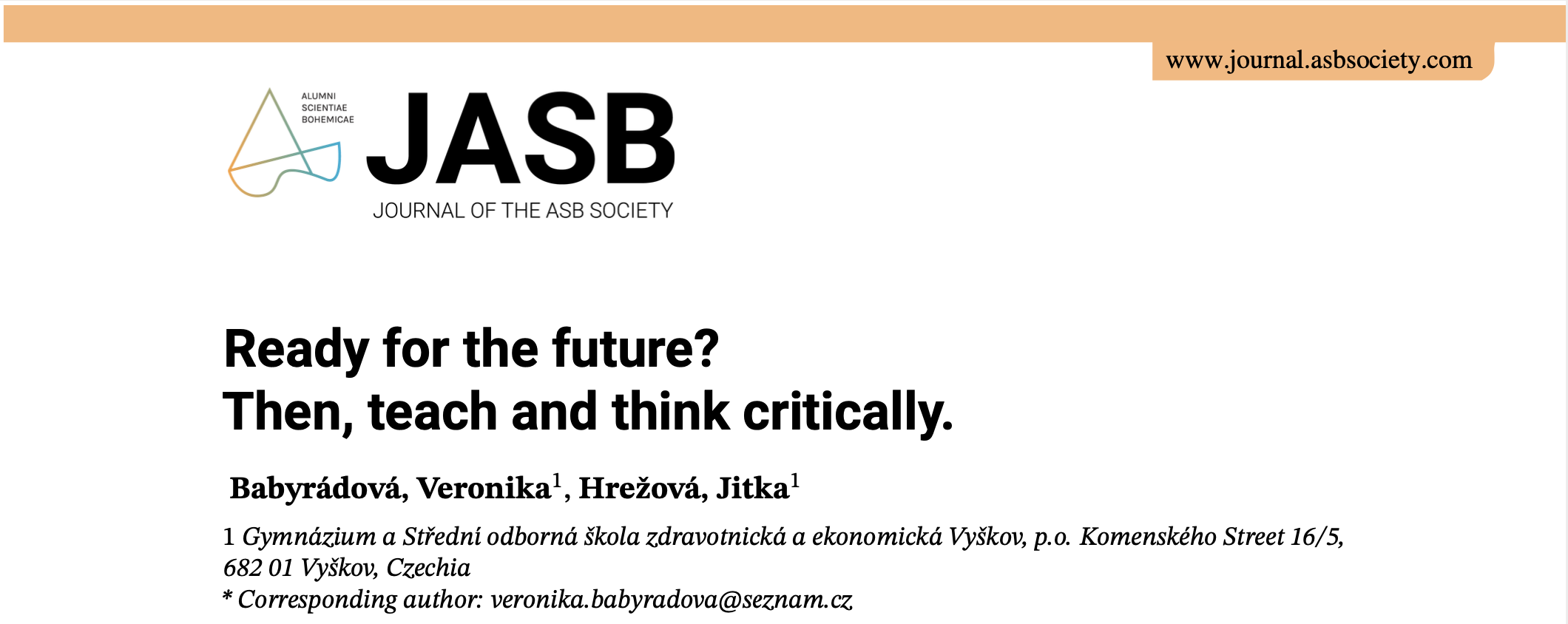Continue to article page to display article full-text.
Explanation for the general audience
The main aim of this work was to create a complex educational kit on the topic of poisonous plants growing in the Czech Republic. This topic is often neglected because of the lack of educational materials. The created kit consists of an educational brochure, which serves as a student´s book, complementary worksheets, a board game and a puzzle. Simultaneously, I focused on the creation of an educational kit following an interesting educational method – Reading and Writing for Critical Thinking (RWCT). From my point of view, the partial methods and tasks of critical thinking allow the students to connect the previous knowledge with the newly acquired one and simultaneously consider different perspectives. Hence, the tasks which were created for educational brochures, worksheets and the board game are initiating the interdisciplinary connection between botany and other disciplines, for instance, chemistry, social science or history.
One of the important strengths is removability of the teaching brochure pages, so students can work on one specific poisonous plant, both individually and in groups. Through that, I tried to encourage the development of independence as well as communication and cooperation skills during the group work, all important for their future life. Therefore, it is important to develop these skills intensively during the school years. On the other hand, it is necessary to admit that the RWCT methods are not firmly established in the Czech education system and its use is not a matter of course, although it offers the students a lot of useful things. This fact led me to creating a set which has the potential to guide teachers to use RWCT methods guided by the suggested tasks and the layout, thus simplifying its application during teaching.
The expected qualities of this training set were verified during the detailed planned lesson where the educational set was used along all phases of the three-phase teaching model according to the RWCT methods. I chose to give this lesson to third-year secondary school students (the equivalent of junior year of high school) in their 90-minute biology seminar. First, they performed tasks linking their existing knowledge with the topic of the lesson, then they enriched this knowledge with new contexts, and finally, with the help of a board game, they repeated attractively newly gained information during the memorizing process. In summary, I created an educational set, which, with its tasks and design, encourages teachers to use at least partial elements of the RWCT methods.





